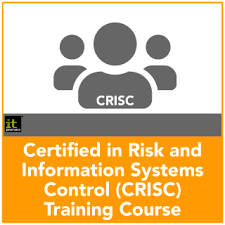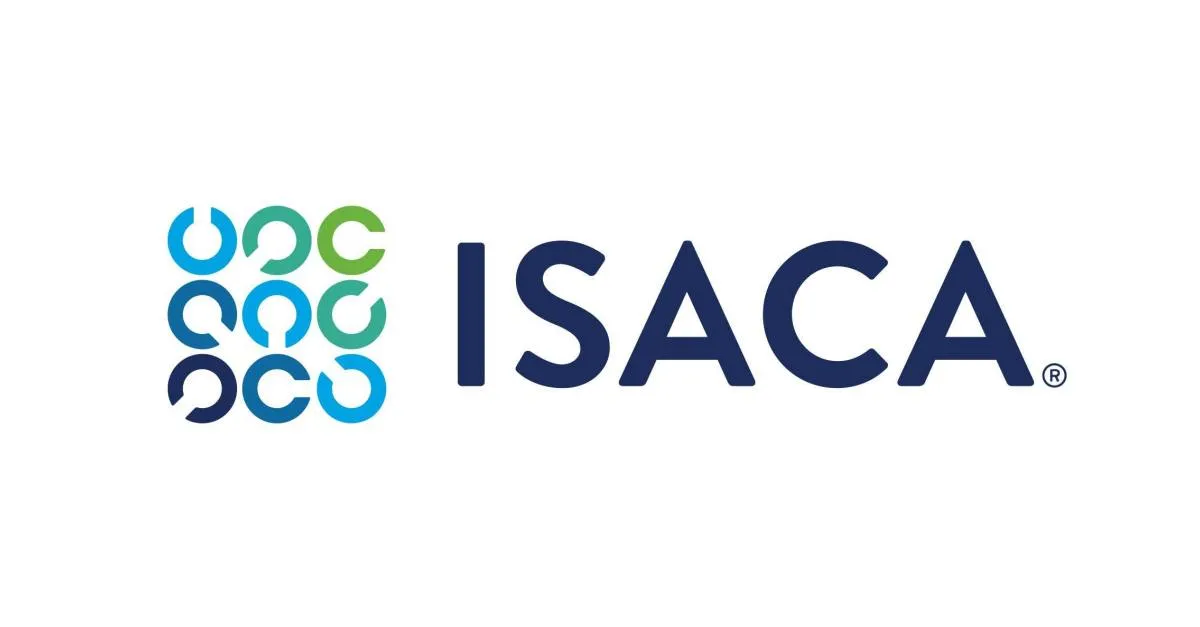The CRISC certification is a worldwide recognized credential in information system control and IT risk. Acquiring the skills and best practices required to maintain risk management in a business begins with CRISC training and certification.
SGL is offering you this official ISACA CRISC course, which covers all four CRISC areas in great detail: risk identification, risk assessment and IT, risk response and mitigation, and risk and control monitoring and reporting.
Course Objectives
By the time this course ends, it will have assisted you in achieving the following:
- Get ready for and succeed on the CRISC (Certified Risk and Information System Controls) test.
• Define the scope of IT risk in order to support the implementation of the IT risk management plan.
• Examine and assess IT risk to ascertain its likelihood and potential effects on company goals.
• Choose a risk response strategy and assess the efficacy and efficiency of each alternative.
• Keep an eye on IT risk and controls and report on them often.
Course Outline
The course covers the following four (4) domains:
IT Risk Identification
- Gather and examine data, including documentation already in place, about the business and IT environments inside and outside the organization in order to determine any actual or possible effects of IT risk on the goals and operations of the company.
• To facilitate IT risk analysis, identify possible risks and weaknesses to the people, procedures, and technology of the company.
• Using the facts at hand, create a thorough set of IT risk scenarios to assess the possible effects on operations and business goals.
• Determine important parties involved in IT risk situations in order to facilitate responsibility.
• Create an IT risk register to assist in making sure that recognized IT risk scenarios are taken into consideration and included in the risk profile for the entire organization.
• Determine the risk tolerance and appetite that are set by important stakeholders and senior leadership to make sure they are in line with company goals.
• Work together
IT Risk Assessment
- To ascertain the possibility and effect of an identified risk, analyze risk scenarios based on organizational criteria (e.g., organizational structure, policies, standards, technology, architecture, and controls).
• Determine how well controls are currently in place and assess their efficacy in reducing IT risk.• Examine the outcomes of the risk and control analysis to identify any discrepancies between the intended and actual conditions of the IT risk environment.
• Ascertain that risk ownership is delegated appropriately to create distinct chains of responsibility.
• To support risk-based decision making, share the findings of risk assessments with senior management and relevant stakeholders.
• Add the risk assessment’s findings to the risk registry.
Risk Response and Mitigation
- Work with risk owners to choose appropriate risk responses, match them to company goals, and facilitate well-informed risk choices.
• Work with risk owners to create risk action plans, or offer assistance in doing so, making sure that plans include all necessary components (e.g., reaction, cost, target date).
• Offer advice on how to create, implement, or modify mitigation measures to guarantee that risk is controlled to a reasonable degree.
• Make sure control ownership is delegated in order to create distinct chains of responsibility.
• Help control owners create documentation and procedures for controls so that they may be executed effectively and efficiently.
To reflect changes in risk and management’s response to it, update the risk register.
• Confirm that the risk action plans have been followed in carrying out the risk responses.
Risk and Control Monitoring and Reporting
- To allow monitoring of changes in risk, define and set key risk indicators (KRIs) and thresholds depending on available data.
• Keep an eye on and evaluate key risk indicators (KRIs) to spot trends or modifications in the IT risk profile.
• Provide updates on modifications or patterns concerning the IT risk profile to support key stakeholders and management in making decisions.
• Assist in the identification of metrics and key performance indicators (KPIs) that will make control performance measurement possible.
• Keep an eye on and evaluate key performance indicators (KPIs) to spot shifts or patterns in the control environment and assess how well controls are working.
• Examine control assessment data to ascertain control environment effectiveness.
• Provide an update on the state, modifications, or patterns of the overall
Audience
- Project managers, business analysts, and risk experts are the target audience for CRISC.
- Compliance professionals
- Any anyone with duties related to risk identification, assessment, evaluation, risk response, monitoring, and IS control design, implementation, and maintenance.
Eligibility
There are no specific qualifications to enroll in this course; nevertheless, you must fulfill the ISACA-established experience requirements in order to qualify for certification.
The CRISC certification is a worldwide recognized credential in information system control and IT risk. Obtaining the knowledge and best practices required to maintain risk management in a business requires completing CRISC training and certification.
Overview
The operations and strategy of a business depend heavily on IT and enterprise risk management. This Certified Risk and Information Systems Control training course will educate you how to defend, safeguard, and future-proof your firm whether you work as an information technology expert, a risk and control professional, a business analyst, a project manager, or a compliance professional.
The SGL Certified in Risk and Information System Control (CRISC) certification program is designed for professionals who manage enterprise risks by identifying and putting information system controls in place. Your understanding of the effects of IT risks and your technical proficiency in putting in place appropriate information security measures to meet the difficulties these risks provide will both improve with the training.
You may become an expert in risk management by earning a Certified in Risk and Information Systems Control® (CRISC®) certification. By studying a proactive strategy built on Agile methodology, you may improve stakeholder value delivery, strengthen business resilience within your organization, and maximize risk management throughout the whole corporation.
Professionals interested in pursuing a career in IT risk management may consider earning the CRISC certification. Your aptitude, knowledge base, and demonstrated abilities are validated by your CRISC accreditation.


